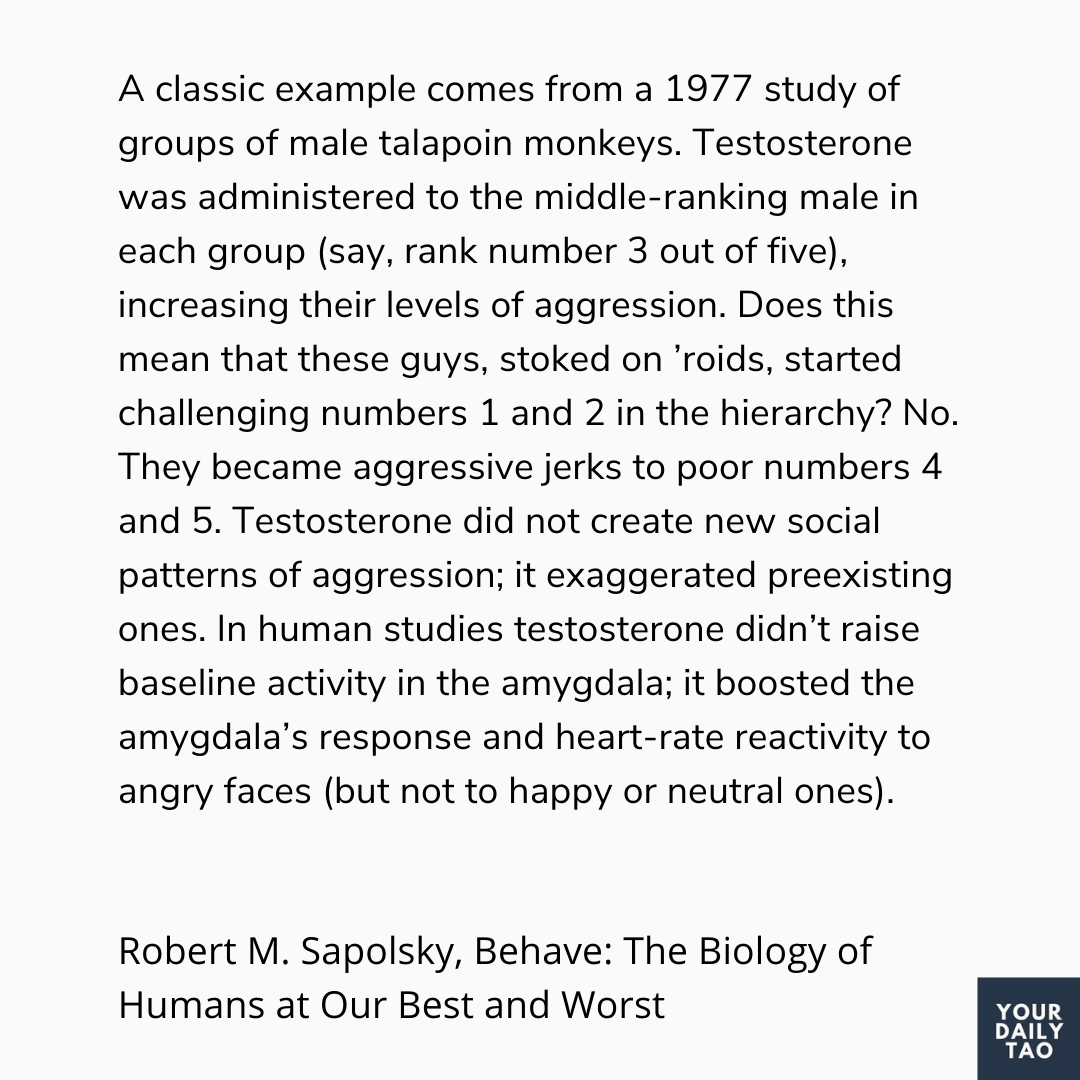Investment firms that hire away superstar fund managers based on the belief that investment success depends mostly on talent have not had very promising results. Empirical evidence shows that top investors also depend on networks of colleagues who provide them with specific types of information. That specific finding can be viewed within the lens of a much larger literature (some of which is model-based) showing how a person’s position in an organization influences success. Success still correlates with ability. A business idea that makes its investors millions was probably a good one. A scientist who publishes hundreds of papers and receives numerous awards has high ability. At the same time, those best positioned in the network make the largest contributions. We can measure a person’s position using betweenness and other measures of centrality. The people who occupy high-betweenness positions in a network fill what Ron Burt calls structural holes between communities, which we can identify using algorithms. Access to information and ideas from multiple communities gives people who fill structural holes power and influence. Filling a structural hole requires certain talents and abilities. A person cannot just jump in and fill any hole. She must build trust and understanding within each community. And she must be conversant in the knowledge base of each community. We can apply nearly identical logic to assess the value of firms and assign power to countries. We can see a firm’s value as intrinsic and take a balance sheet perspective by looking at assets and liabilities. We can also look at the context in which the firm operates, such as its position in the supply chain. Similarly, the power of a country depends on its resources and its alliances. For both firms and countries, intrinsic attributes and connectedness correlate. Those who occupy powerful positions in the network also possess important attributes. Our analysis as well as most of the literature considers the node as the unit of analysis. The edges can be critical as well. Taking an even broader perspective, the network itself may be an appropriate unit of analysis. For example, teacher networks that allow ideas and information to flow between classrooms can improve educational outcomes, and so a well-connected administrator can effectively coordinate curriculum reform. Similarly, a second-grade teacher knows a lot of information about the students from his class who are going on to third grade; that information could help the third-grade teacher. A mathematics teacher knows what concepts students have yet to grasp; that information could help the science teacher structure her lessons. Good schools, therefore, have strong faculty networks. This is just one example of how network models can improve our thinking.
Thinking in terms of networks and systems rather than just logic. Sometimes, we tend to frame our minds towards things such as individuals, and whether they are simply competent or not. But competence can be a very subjective thing, and can manifest (or not) in vastly different situations. Someone whos great for leading a company of a 1000 people might not be competent for a small team. In this, taking a broader perspective of the network, and viewing people as nodes that are inserted into a network can be an alternative way of assessing talent.



